Blinken unsure whether US drone strike killed Afghan aid worker or Daesh member
US Secretary of State Antony Blinken says he still does not know who the Pentagon targeted in a drone strike in the Afghan capital of Kabul last month -- a civilian aid worker or a terrorist member of Daesh.
On August 29, the US conducted the drone strike in response to an attack by a Daesh bomber who detonated his explosives at Kabul’s crowded airport days earlier, killing 13 American soldiers as well as 170 Afghans struggling to depart the country following the Taliban’s takeover.
Initially, the Pentagon reported that the 'righteous' strike had killed a Daesh operative planning a bomb attack, but as it transpired the assault had wiped out an entire Afghan family, with the main target being no one but an aid worker. Seven children lost their lives in that attack.
Facing a second day of intense questioning by lawmakers furious over the chaotic US exit from Afghanistan on Tuesday, Blinken said, “The administration is, of course, reviewing that strike, and I’m sure that a, you know, full assessment will be forthcoming.”
He made the remarks in response to a question by Senator Rand Paul of Kentucky during a Senate Foreign Relations Committee hearing on the US withdrawal.
“The guy the Biden administration droned — was he an aid worker or an ISIS-K operative?” Paul asked Blinken, using the Western acronym for Daesh.
“I don’t know because we’re reviewing it,” Blinken responded, to which Paul angrily reacted, “So you don’t know if it was an aid worker or an ISIS-K operative? . . . You don’t know or you won’t tell us?”
“See, you’d think you’d kind of know before you off somebody with a predator drone whether he’s an aid worker or an ISIS-K” operative, Paul further emphasized mockingly. “This isn’t just you. . . . The Obama administration droned hundreds and hundreds of people, and the thing is, there is blowback to that.”
“We can’t have an investigation after we kill people, we have an investigation before we kill people,” the Republican senator added, further asking Blinken why the US didn’t bomb helicopters and planes it left behind.
In an interview cited by the UK-based Independent daily, Paul also stated that he had seen pictures of children who were killed in the attack, saying, “I see these pictures of these beautiful children that were killed in the attack. If that’s true and not propaganda, if that’s true, guess what? Maybe you’ve created a hundred or thousands of new potential terrorists from bombing the wrong people.”
The US Defense Department initially announced on August 29 that its forces had conducted a drone strike on a potential car bomb believed to be headed toward the Kabul airport, claiming that the strike had killed Daesh-linked terrorists.
However, ten members of the same family were killed in that strike, relatives told reporters on the same day.
"The rocket came and hit the car full of kids inside our house," said one relative, Aimal Ahmadi, adding that his own daughter and five other children were among the victims.
Neighbors also said the house, where little boys and girls had been playing a few minutes earlier, turned into a “horror scene.” They described human flesh stuck to the walls, bones fallen into the bushes and walls stained red with blood, according to accounts cited in press reports.
While the Pentagon maintained that there were secondary explosions from the strike indicating the presence of a bomb, an investigative report published by the New York Times days later found no evidence for such secondary explosions.
The driver of the car hit in the drone strike was identified as Zemari Ahmadi, an aid worker for the California-based Nutrition and Education International since 2006.
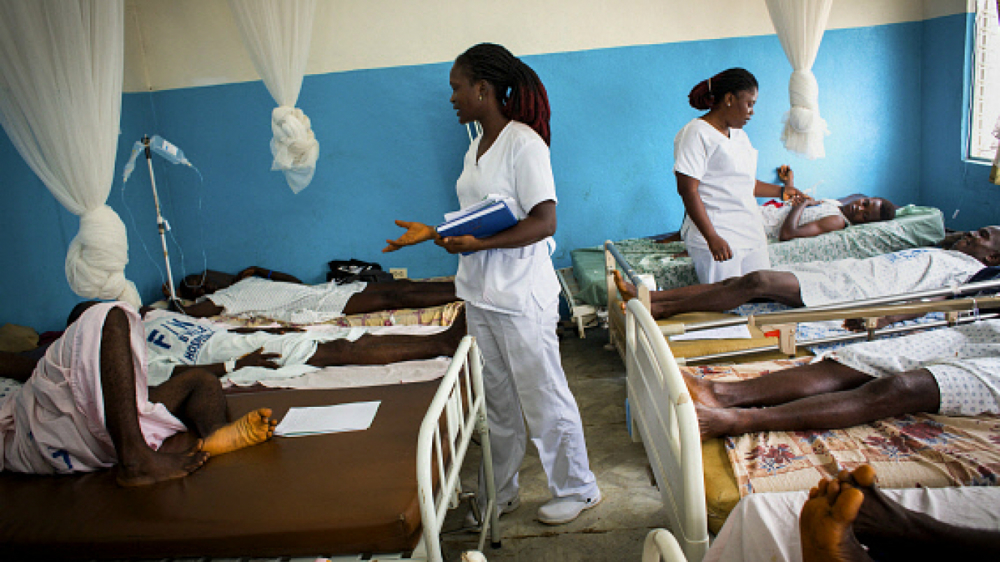
Health leader warns Africa's health services at risk of 'collapse'

EU will 'do the same' if US implements tariff hikes: France
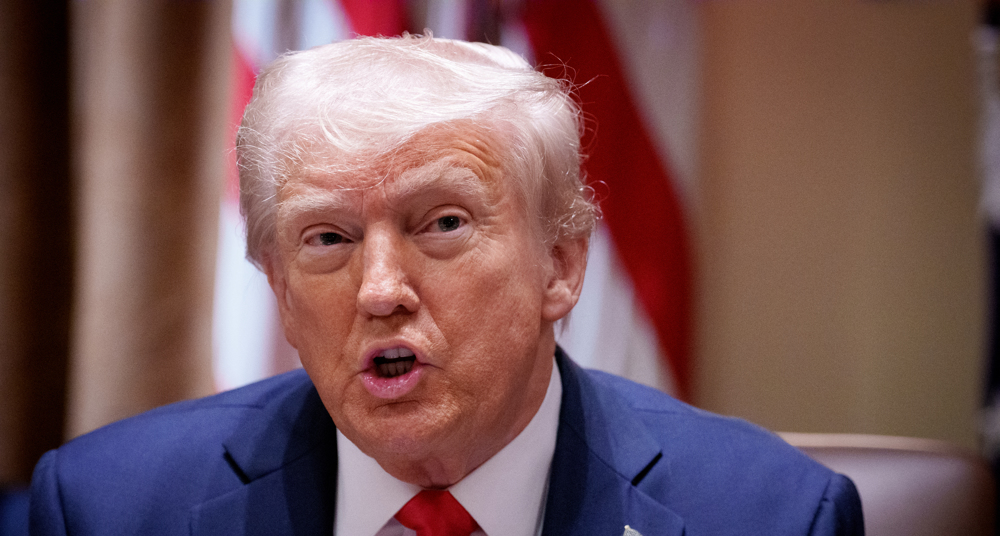
Trump says Ukraine can 'forget about NATO' ahead of meeting with Zelensky
Over dozen settlers injured in anti-Israel operation near Haifa
Pezeshkian: Iran open to talks but won’t capitulate to bullies
VIDEO | Iran unveils advanced naval arsenal
VIDEO | Reunion of released Palestinians and their families in Khan Yunis
Kurdish leader Ocalan calls on PKK militants to end war with Turkey
Health leader warns Africa's health services at risk of 'collapse'
VIDEO | Press TV's news headlines
Iranian flotilla makes port call in India with 'friendship message'


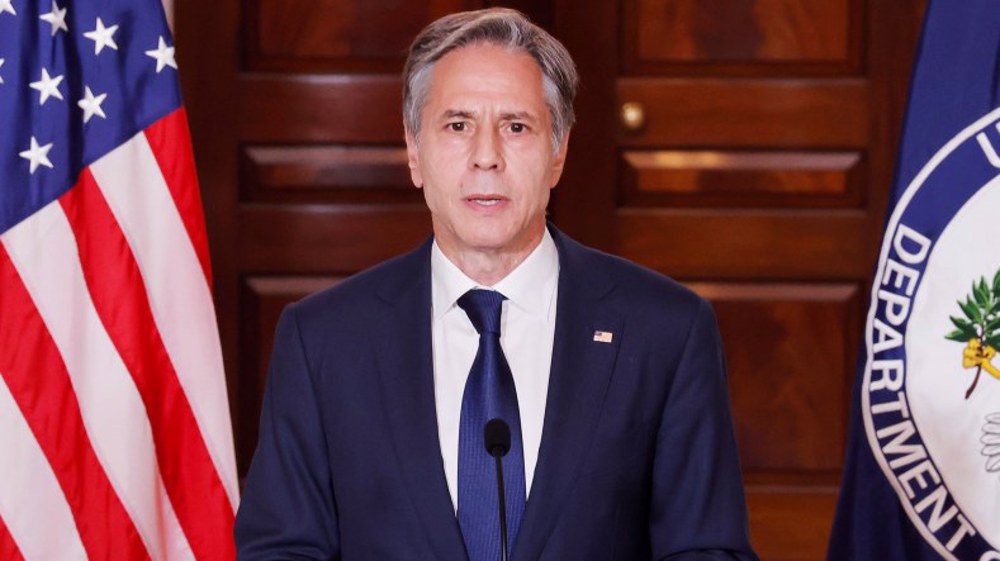
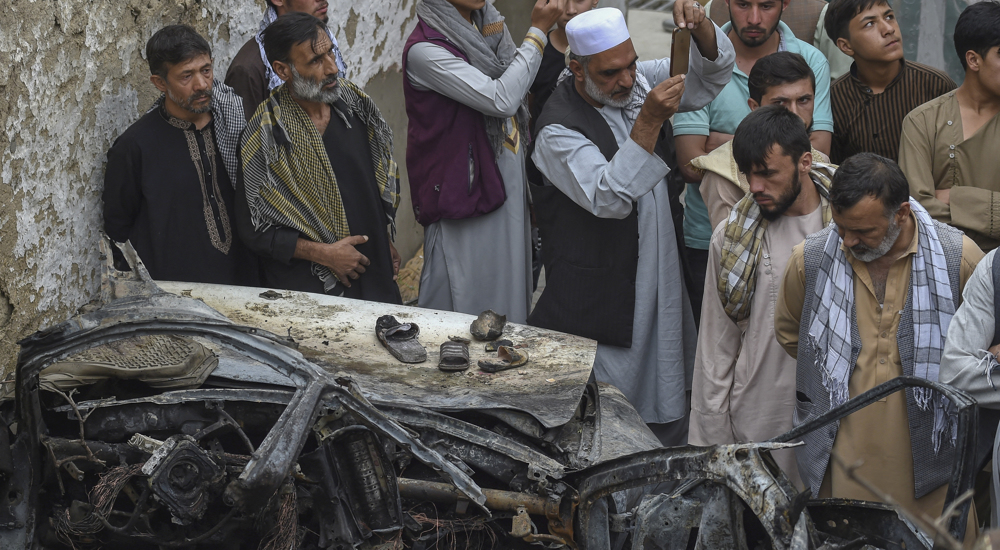
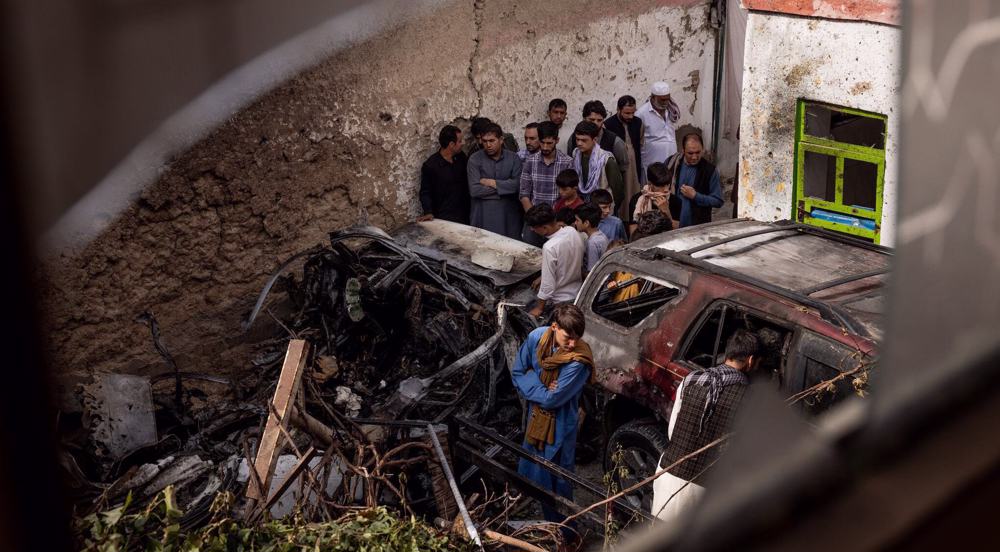



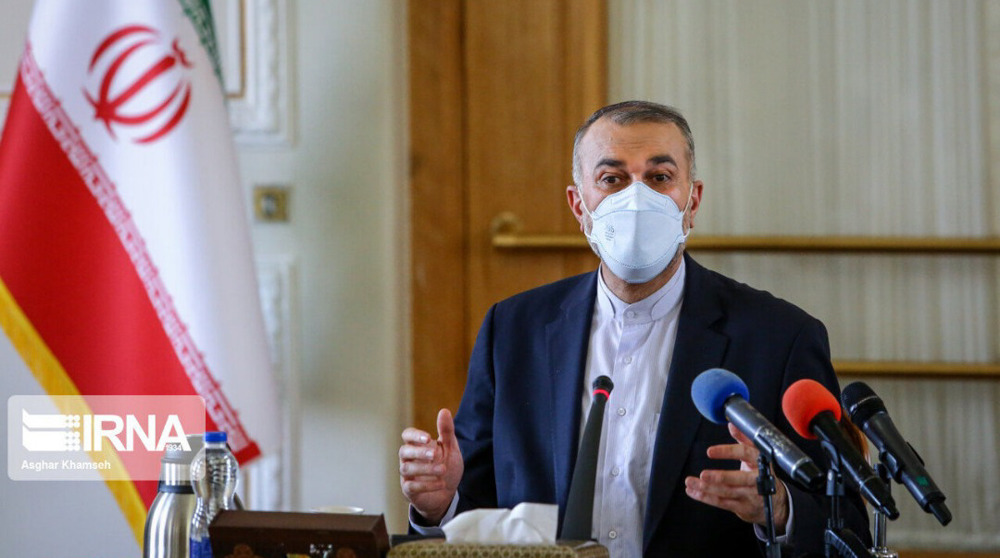
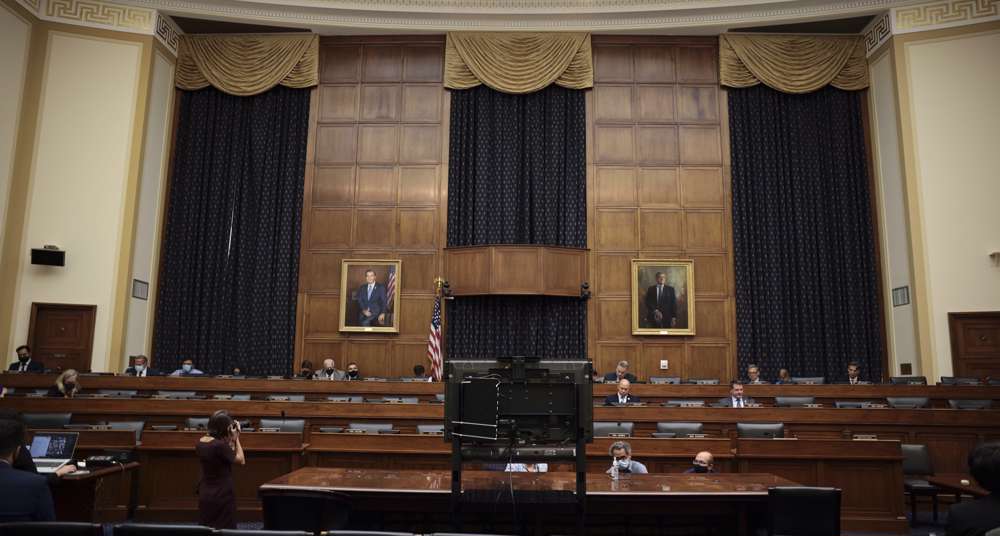
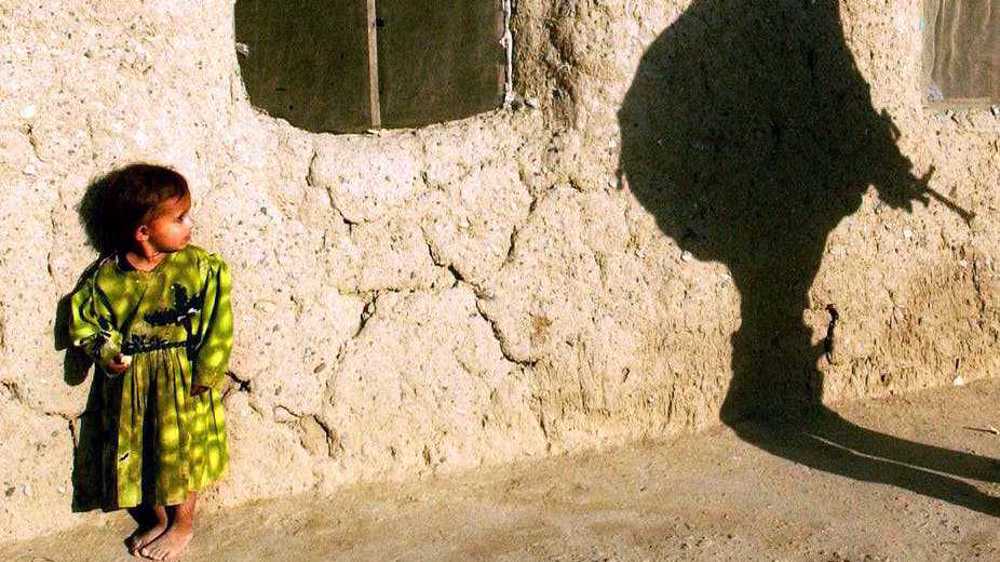

 This makes it easy to access the Press TV website
This makes it easy to access the Press TV website